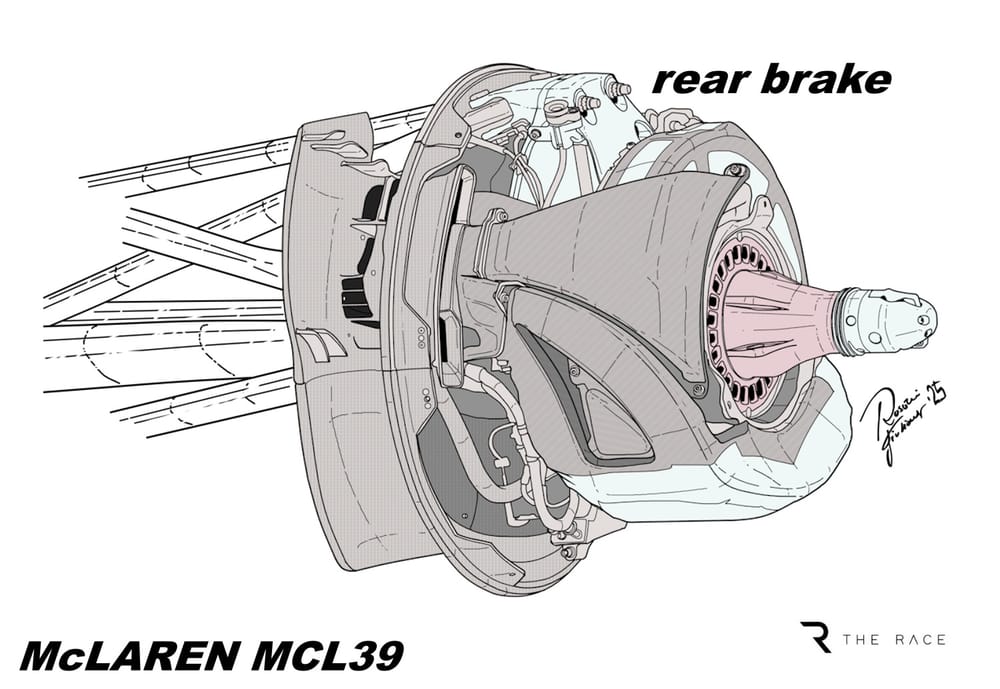The biggest question McLaren’s Formula 1 rivals are chasing an answer for right now is just why its MCL39 is so good at managing its rear tyre temperatures.
While nobody has the definitive answer, it is fair to say that it is unlikely to be a single silver bullet element – with a multitude of factors such as its aerodynamic platform, suspension kinematics and energy harvesting tactics all having a role to play.
As Red Bull chief engineer Paul Monaghan explained about his team’s challenge in closing up that tyre deficit to McLaren: “It’s incremental. It’s not Harry Potter time.
“It’s not touching it with the magic wand and all of a sudden we’re away and gone. It’s diligent engineering, thorough engineering, with clever people - and we’ll chip away.”
The focus on brakes
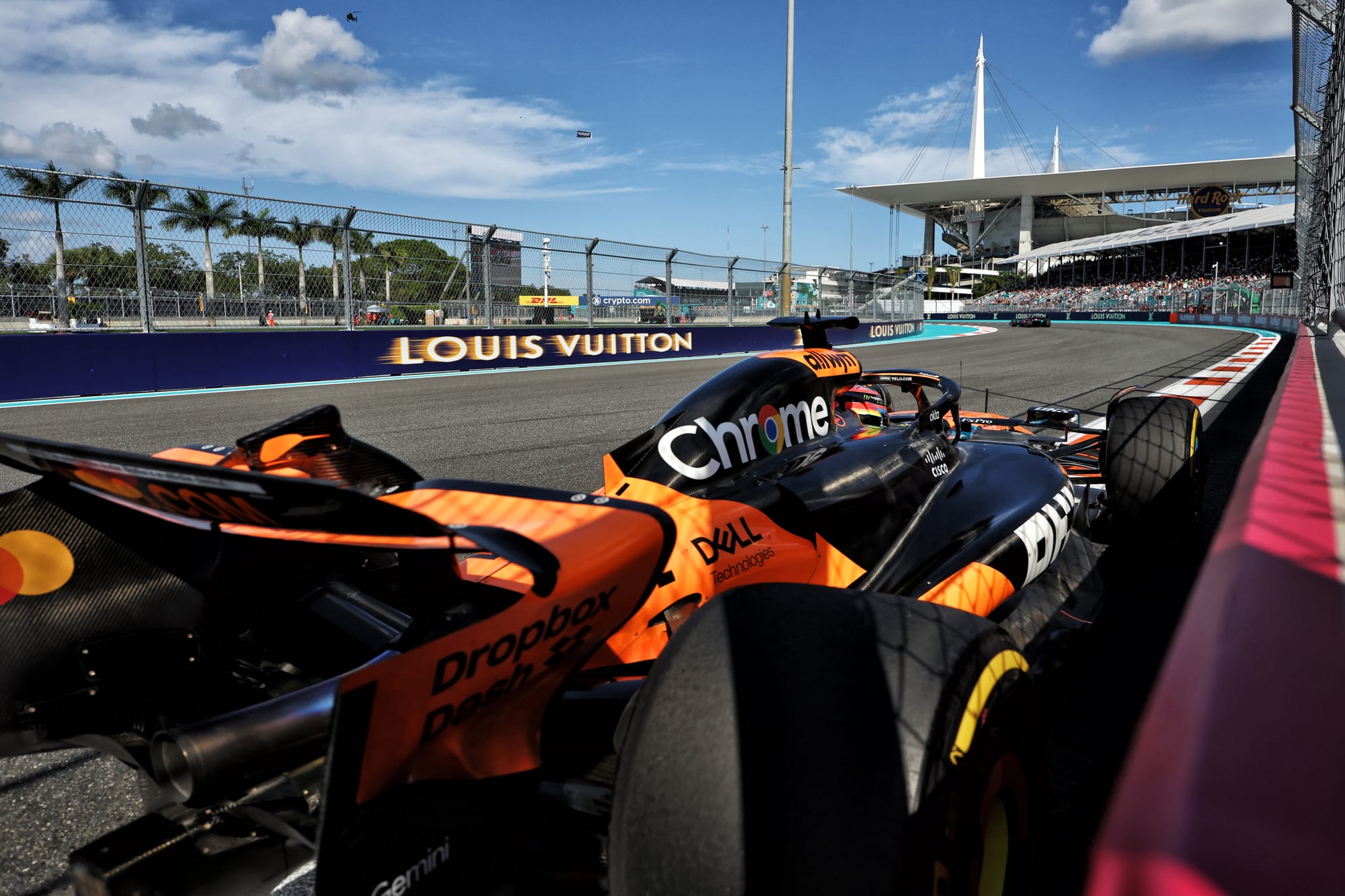
One of the more fascinating elements related to McLaren’s advantage that has cropped up in recent weeks is its braking system – and the contribution this is making to keep its rear tyre temperatures under control.
Intrigue on this front in particular ramped up when Red Bull got hold of (from an outside party) some thermal images of rear brake drums that are understood to have been taken at pitstops during the Japanese Grand Prix.
Suggestions that they show the McLaren brake drums running much cooler than other teams fuelled wild talk of potential tricks at play.
Various theories quickly got thrown around – including McLaren using clever carbon fibre weave for its drums to help leak cool air to the wheel rims, of it using phase changing materials to alter internal airflow, or of it blowing vapour inside the drums which would be strictly illegal as: “liquid cooling of the brakes is forbidden” in the rules.
There were even erroneous paddock whispers that the FIA had found something it did not like on the McLaren and had confiscated parts early in the season – which explained why the team was not as dominant as many people expected in Bahrain and Saudi Arabia. This rumour was strongly denied by the FIA.
Indeed, talk of McLaren doing anything outside the regulations – either beforehand or right now – was blown out of the water in Miami.
Firstly, the heat at the Hard Rock Stadium helped the squad deliver its most crushing victory of the season so far – as Oscar Piastri came home more than 35 seconds clear of the first non-McLaren to show that nothing had changed in its form since the start of the campaign.
And then, as first revealed by The Race, multiple checks conducted by the FIA on the McLaren brakes – including a more detailed inspection on Sunday night in Miami – confirmed that everything it has been doing is firmly within the rules.
The message from the FIA is crystal clear: McLaren's design is simply just clever.
Attention to detail
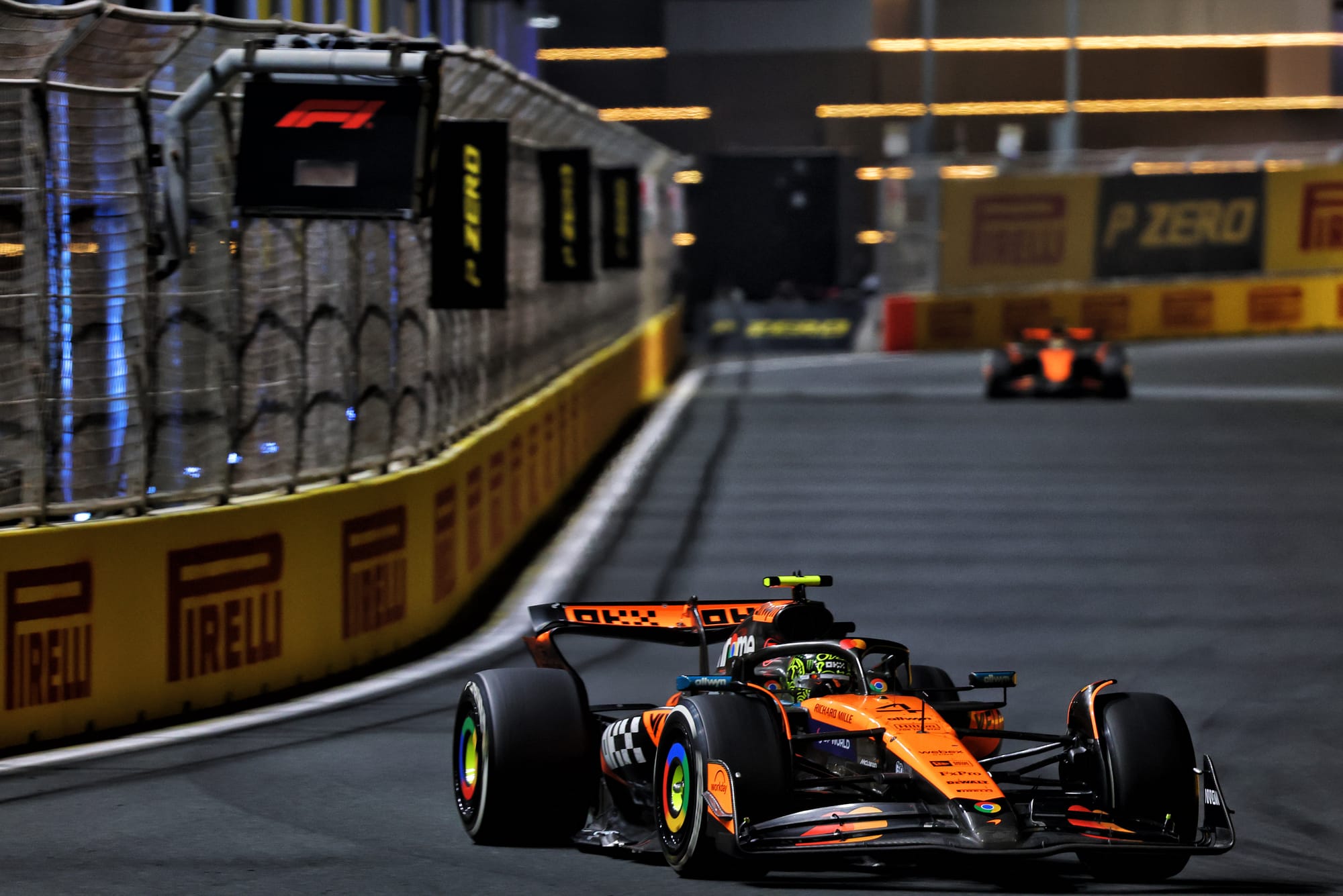
With the FIA all-clear, and the scale of the Miami win showing that its early-season potential remained intact, McLaren team boss Andrea Stella spoke openly after that race about how the squad had targeted improved tyre management specifically for its MCL39.
“There's very good engineering behind this,” he said. “We have looked holistically at all the characteristics that you can have in a car that influence the behaviour of the tyres.”
One of the areas of what he says was “very targeted engineering work” was a tweak of concept regarding its rear brakes.
Want even more expert analysis and insight from The Race? Join The Race Members' Club on Patreon for plenty of exclusive insight from Jon and the rest of our F1 team. Get 75% off your first month with this link.
And while nobody outside of McLaren can be sure exactly what the team has done, a close analysis of what is going on inside its brake drum can offer us some good clues about the attention to detail that may hold the key to understanding its advantage.
The key element that teams are chasing in this area is maximising the use of the airflow that is allowed to enter the brake ducts.
As Alpine’s executive technical director David Sanchez said about this area of the car (his squad's design can be seen below): “We're doing a bit of everything in that very small space.
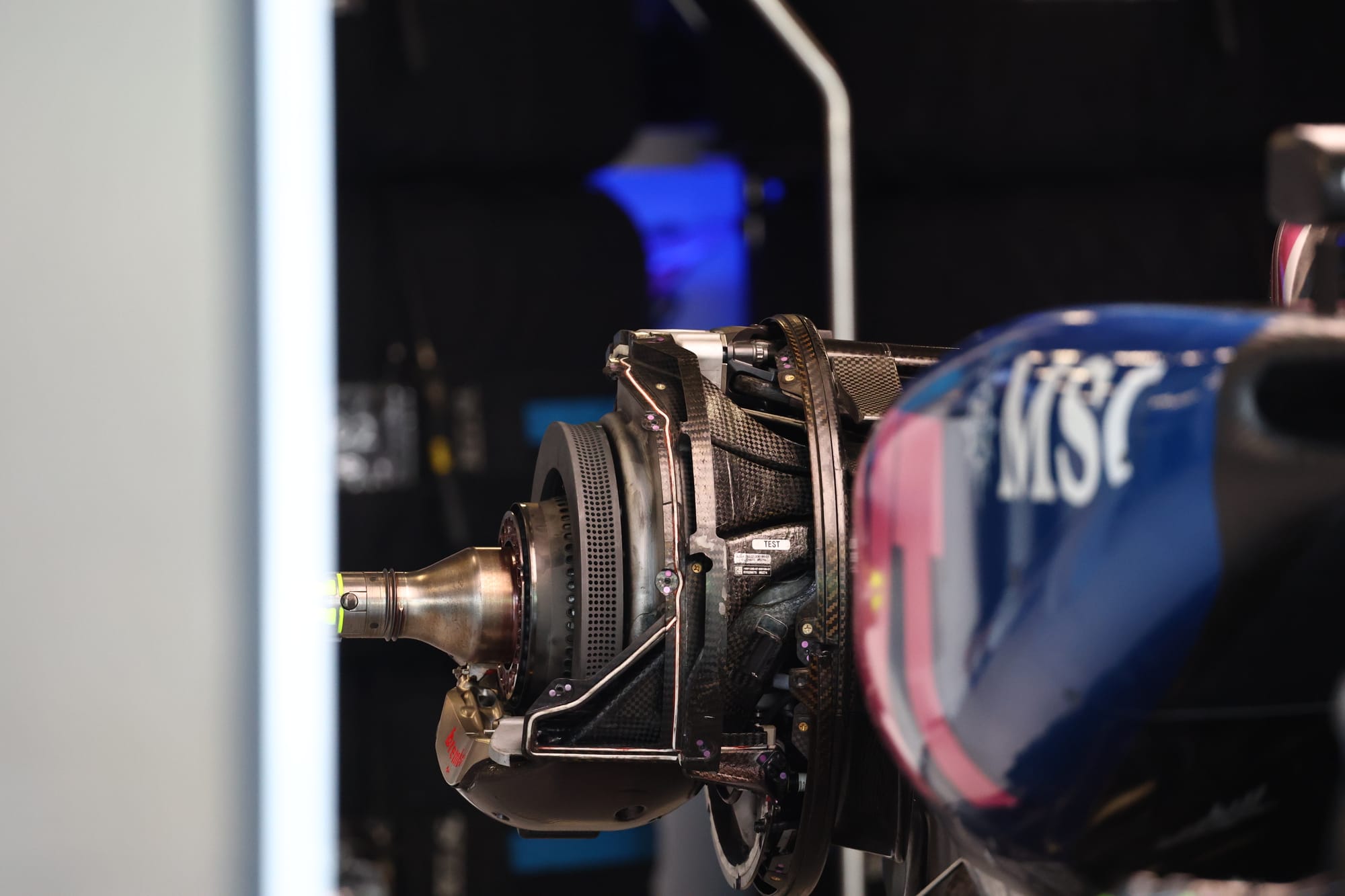
“On the one hand, you really have to cool the brakes. But when you consider the brakes get to 600-800C, you're really trying to avoid that heat to find its way to the rim and to the tyres, or you're trying to control that heat flux.
"So that's the whole engineering challenge, just to control that heat path.
“You basically want to use the minimum amount of air to cool the brakes, and as much as possible to cool the rest.”
Clues from McLaren's design
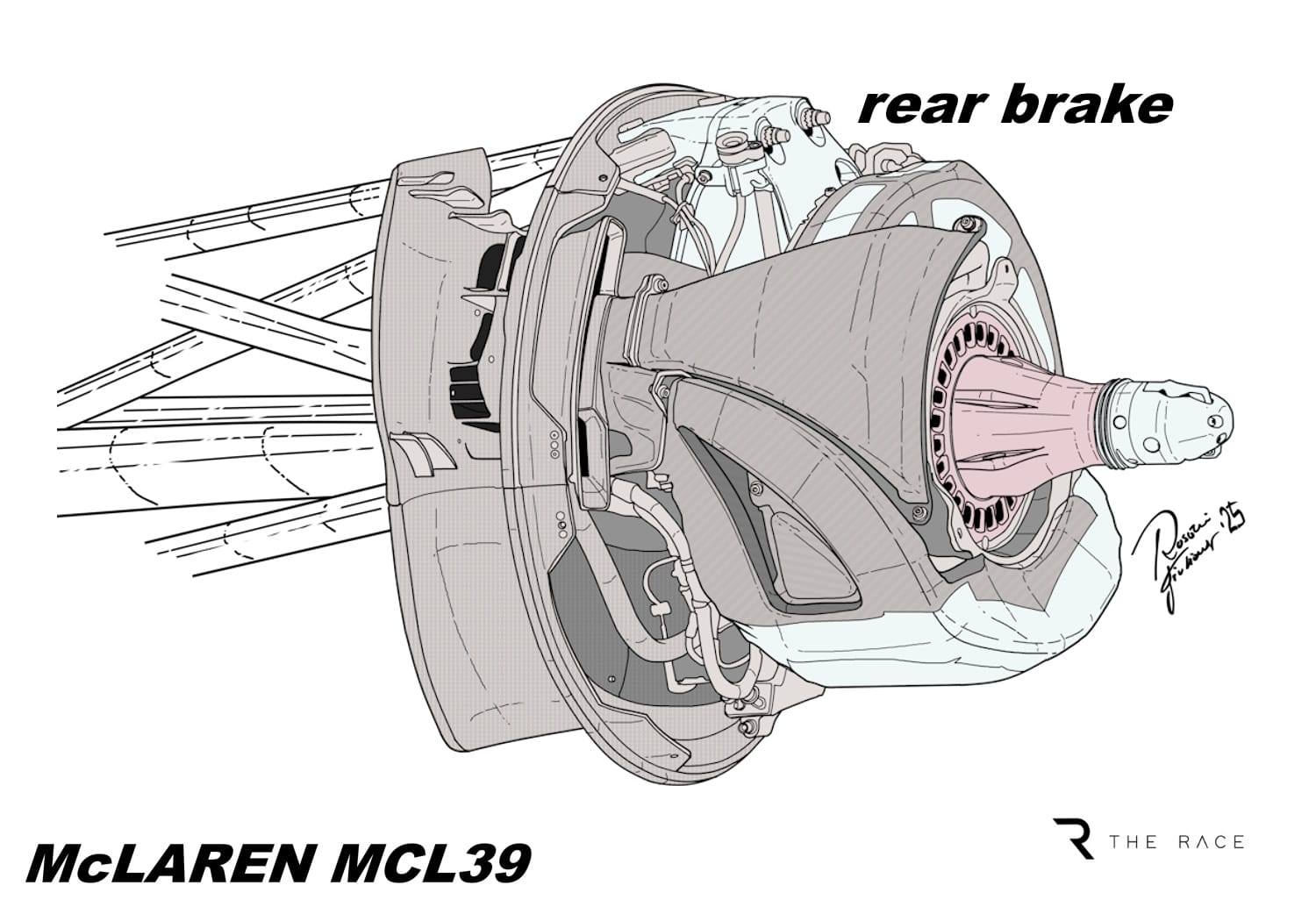
Teams use various solutions to try to best isolate the heat being thrown off from the brake discs and get it out the back of the car to not heat up the wheel rims – which then as a consequence warms up the tyres.
But a close look at the rear solutions up and down the grid points to McLaren perhaps being the most intricate in terms of how it is doing that - as the comparison image with other teams below shows.
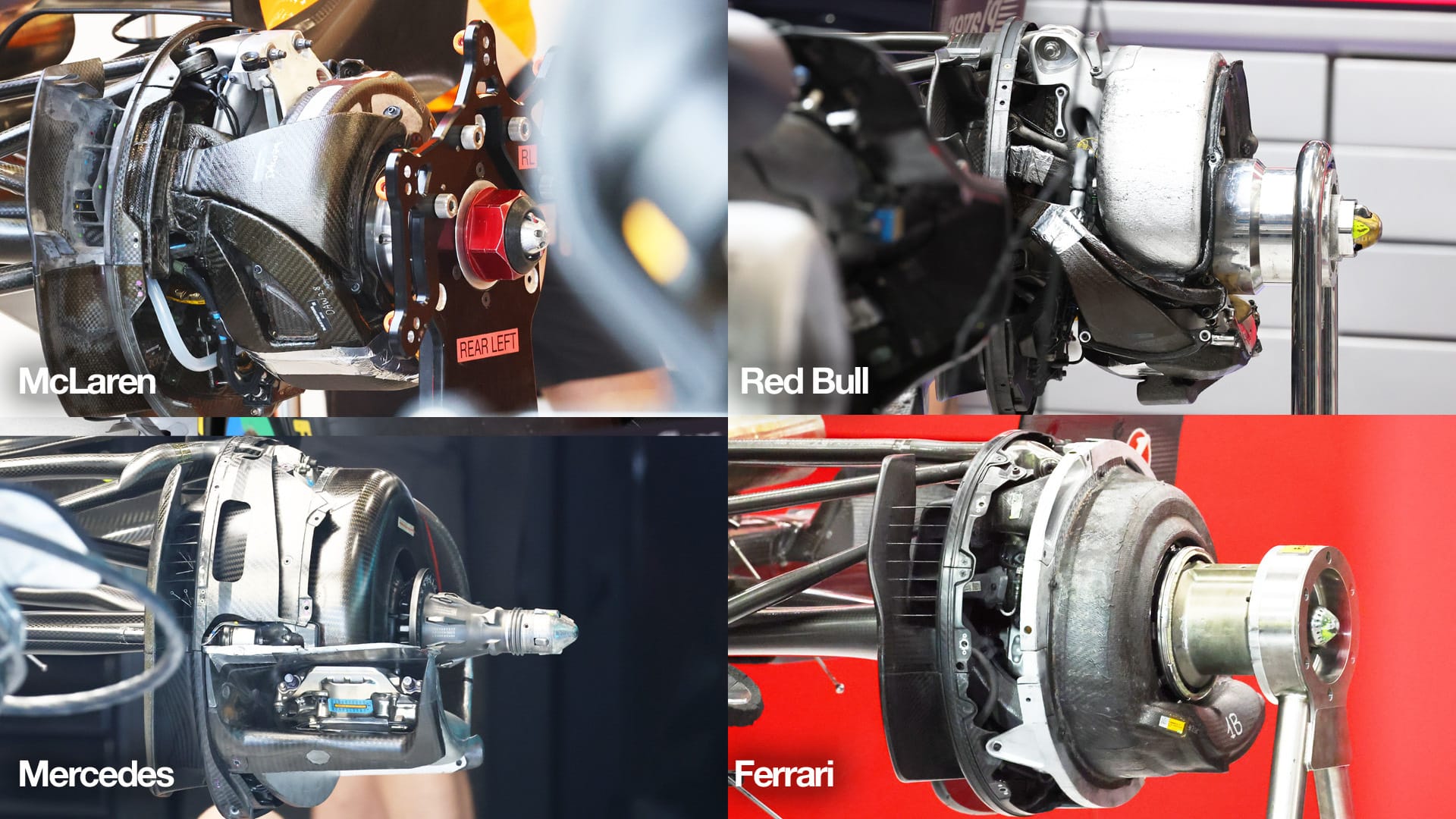
While other squads have aimed to help with cooling the brake discs or calipers by keeping elements exposed to a lesser or greater degree, McLaren appears to have enclosed them quite aggressively – most likely using ceramic-lined carbon fibre to help in this.
It has then created some intricate flow routes from the brake ducts that help to create the cooling effect it is after.
Some of these are inside the channels that can be seen – and, while we cannot be totally sure about how these are configured, we can give an informed guess about what is happening.
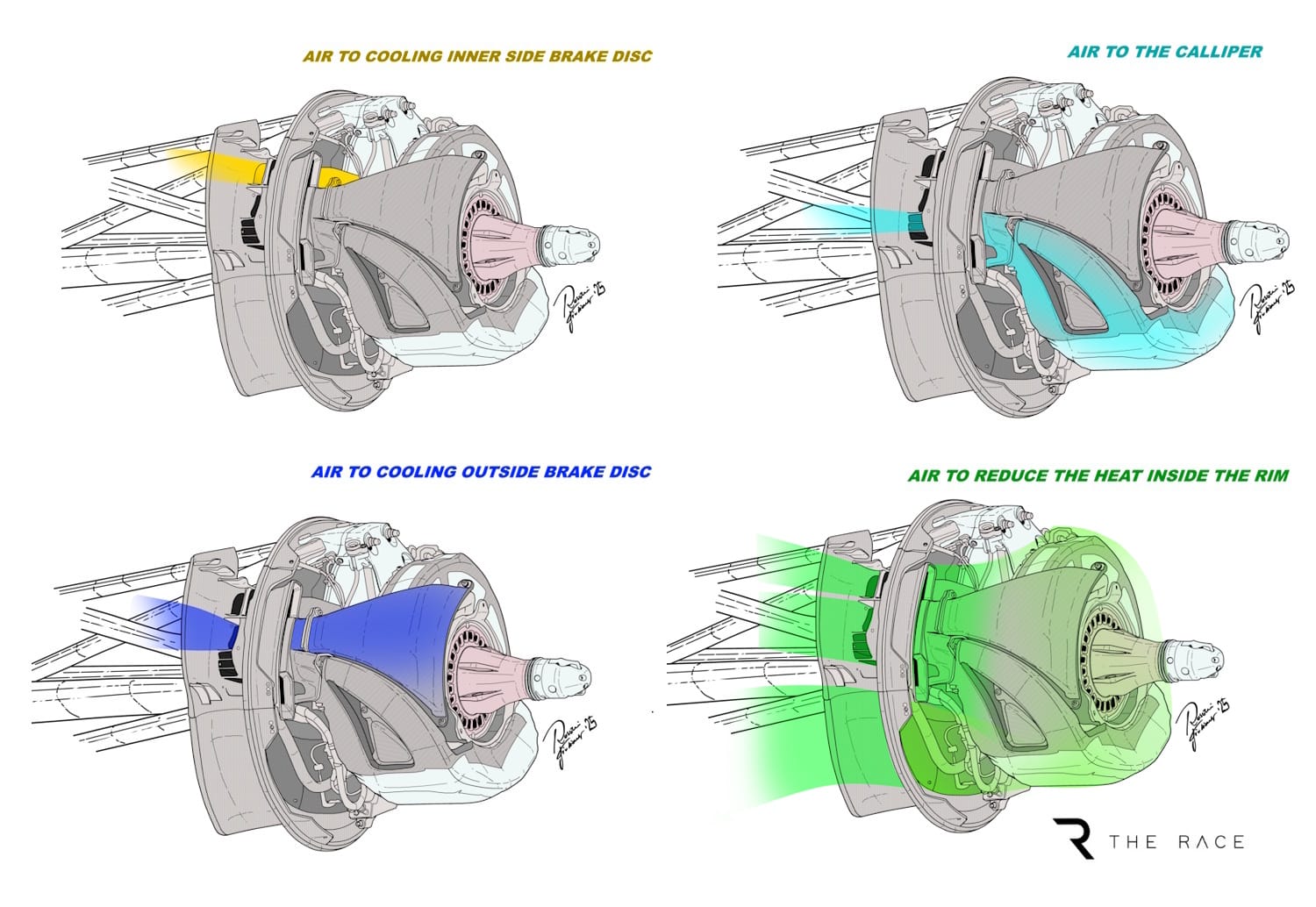
A yellow channel appears to be feeding air to the inner side of the brake disc, where there may also be some form of sensor.
The light blue channel seems to feed air to the low slung calliper.
The dark blue channel looks to be feeding air to the outer side of the brake disc.
But then surrounding all this – which will later be encased inside the drum, is another layer of cool air being fed in via a separate channel. This can be seen in green that shows how this envelopes everything.
This air comes from a vent that appears to have been expanded for this season - based on a comparison image with McLaren's 2024 design that can be seen below.
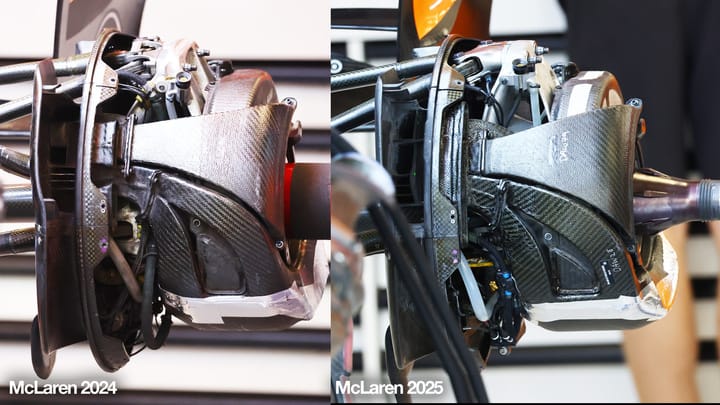
This circulating layer of cool air will minimise any heat transfer between the discs and caliper housings and the wheel rim itself.
Adding on top of all the detailed engineering work in terms of directing the airflow that comes is also a solid concept on how the air exits.
A close-up of the exit ducts (below) highlights how McLaren is meticulous in its design here too with there being bespoke channels, with a design that is different to the opposition.
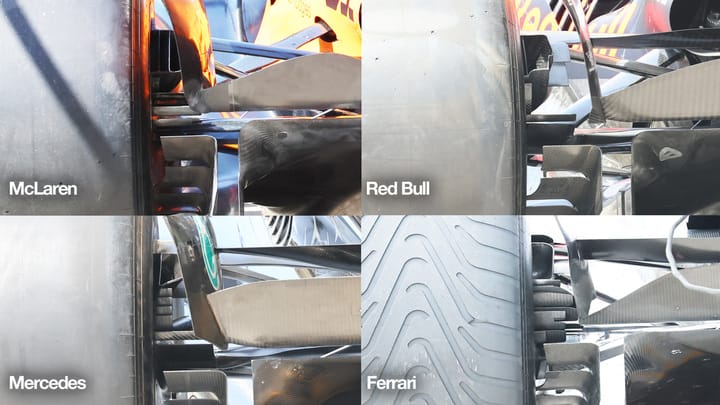
Cooling is not just about trying to force more air into a system. It is also about creating a better low pressure exit to drag that cooling flow through the system.
The internal sensor
One other interesting aspect that appears to be unique with the McLaren is its use of a sensor that can be seen towards the top of the image (highlighted with a purple arrow) and has a silicon airpipe attached to it.
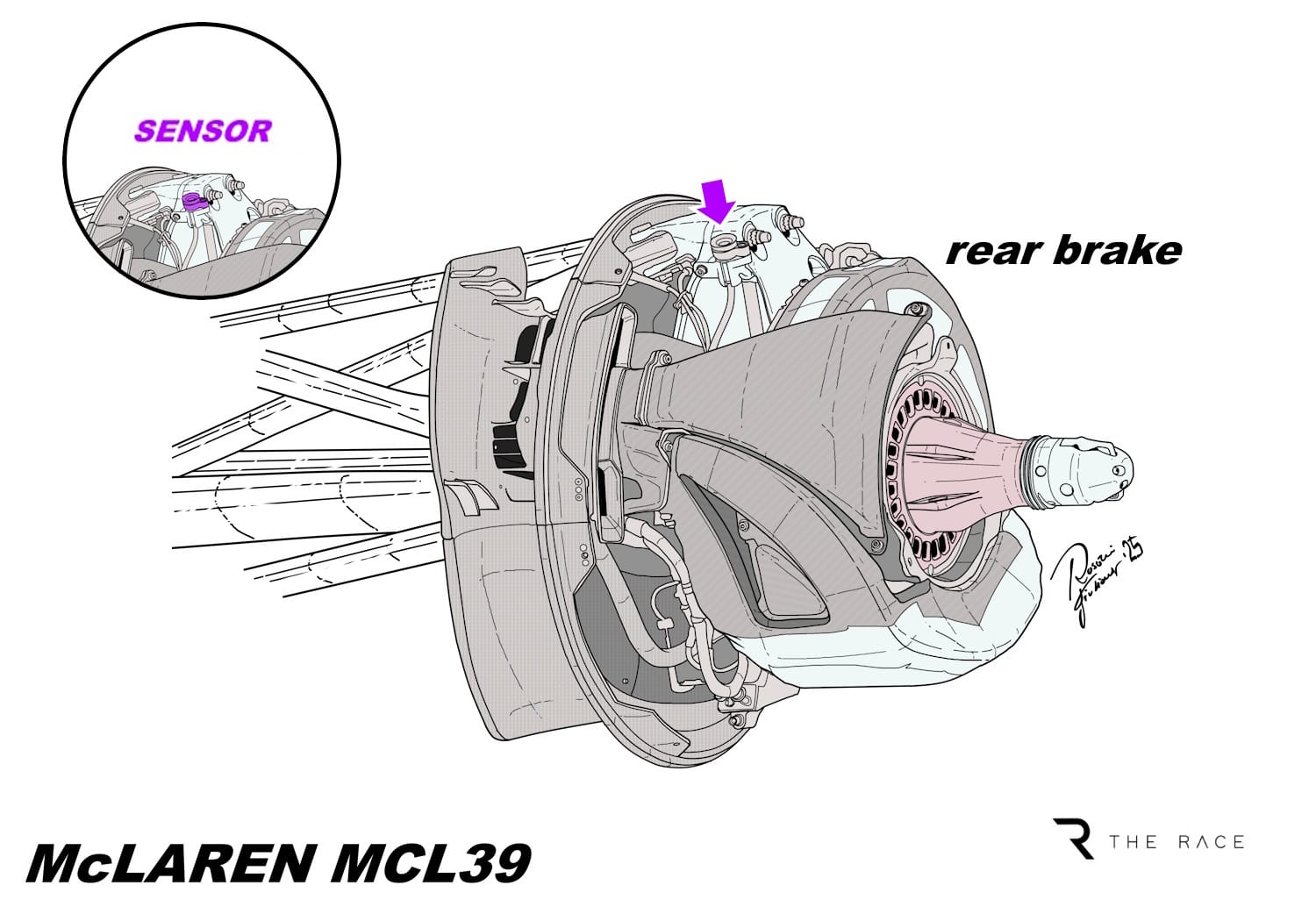
Most likely used in practice, this is the sensor that the squad has access to from the outer drum through a hole that it then has to tape up during qualifying and the races.
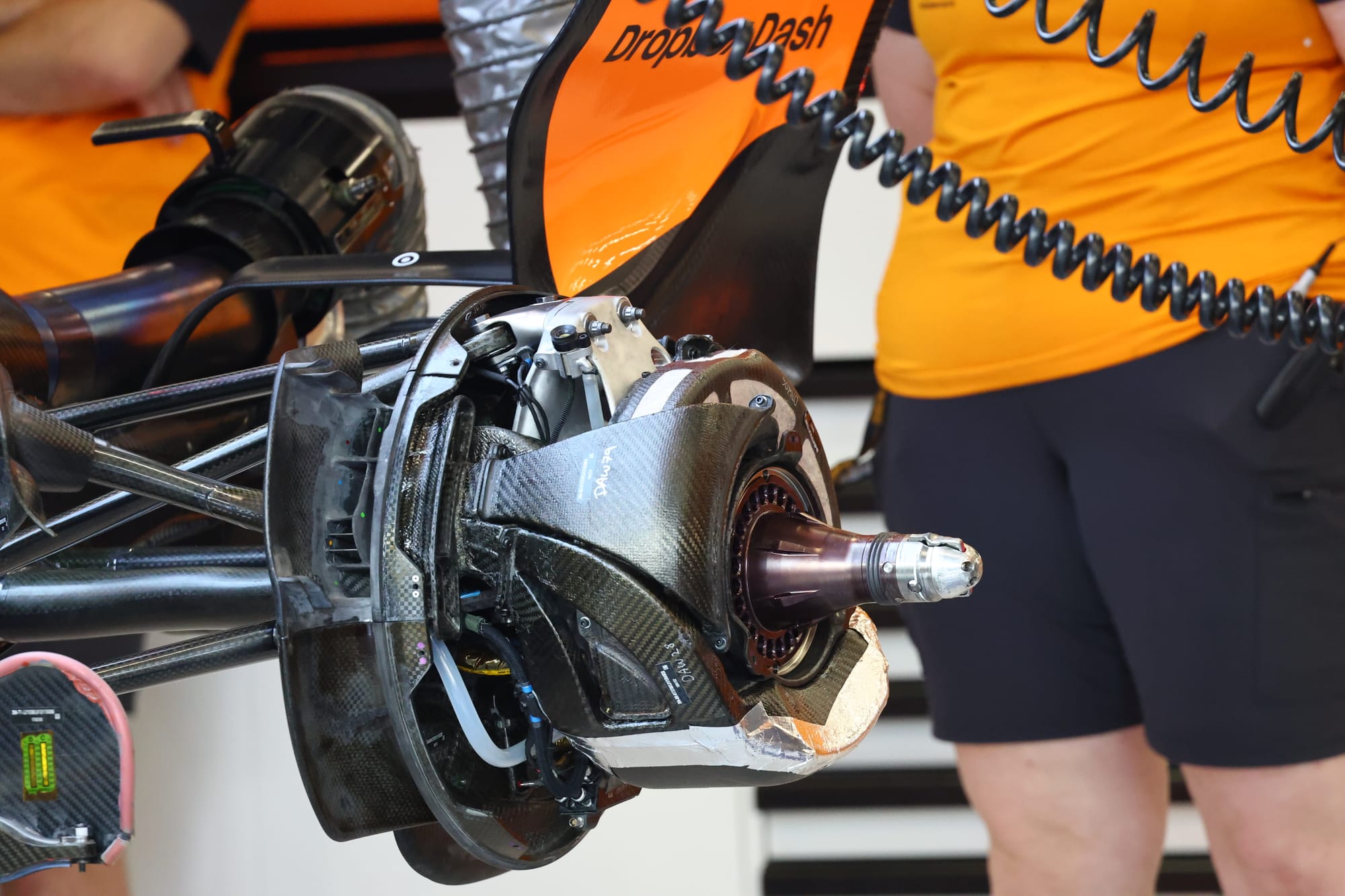
This is because while it can do what it wants in practice and make use of this sensor, to comply with regulations for the remainder of the weekend the rules stipulate that: “for each drum, a circumferential, continuous (around an arc of 360°), and uniform aerodynamic seal must be fitted in the outboard of the two annotated volumes, in order to prevent any significant aerodynamic or heat transfer flow between the drum and the axle”.
While we cannot be sure what the sensor does, it is likely some form of pressure or flow sensor that could be measuring the outer airflow that is acting as the insulator to ensure that temperatures are being kept under control.
It will ensure that the pressure is correct and that hot air is getting pushed out the back of the brakes and not staying inside any longer than necessary.
The exploitation of pressure within the drums is something that McLaren is known to have been forced to get on top of in the wake of the problems it faced early in the 2022 season as it hit brake problems at that year’s Bahrain Grand Prix.
Speaking at the time about what had happened, then technical director James Key said: “Fundamentally, it was a pressure imbalance in the system, which we hadn’t picked up either theoretically or in our repeat tests.
“You’d end up with a pressurisation within the duct that was, at times, potentially greater than the flow into the duct.
“Effectively, it either stalled completely or even reverse flowed so you’re trying to cool the disc with really hot air.”
In curing those problems, McLaren’s understanding of the dynamics at play inside the drum will have been well advanced – and it may well have laid the groundwork for it being so far in front of the opposition right now.
Gary Anderson's take
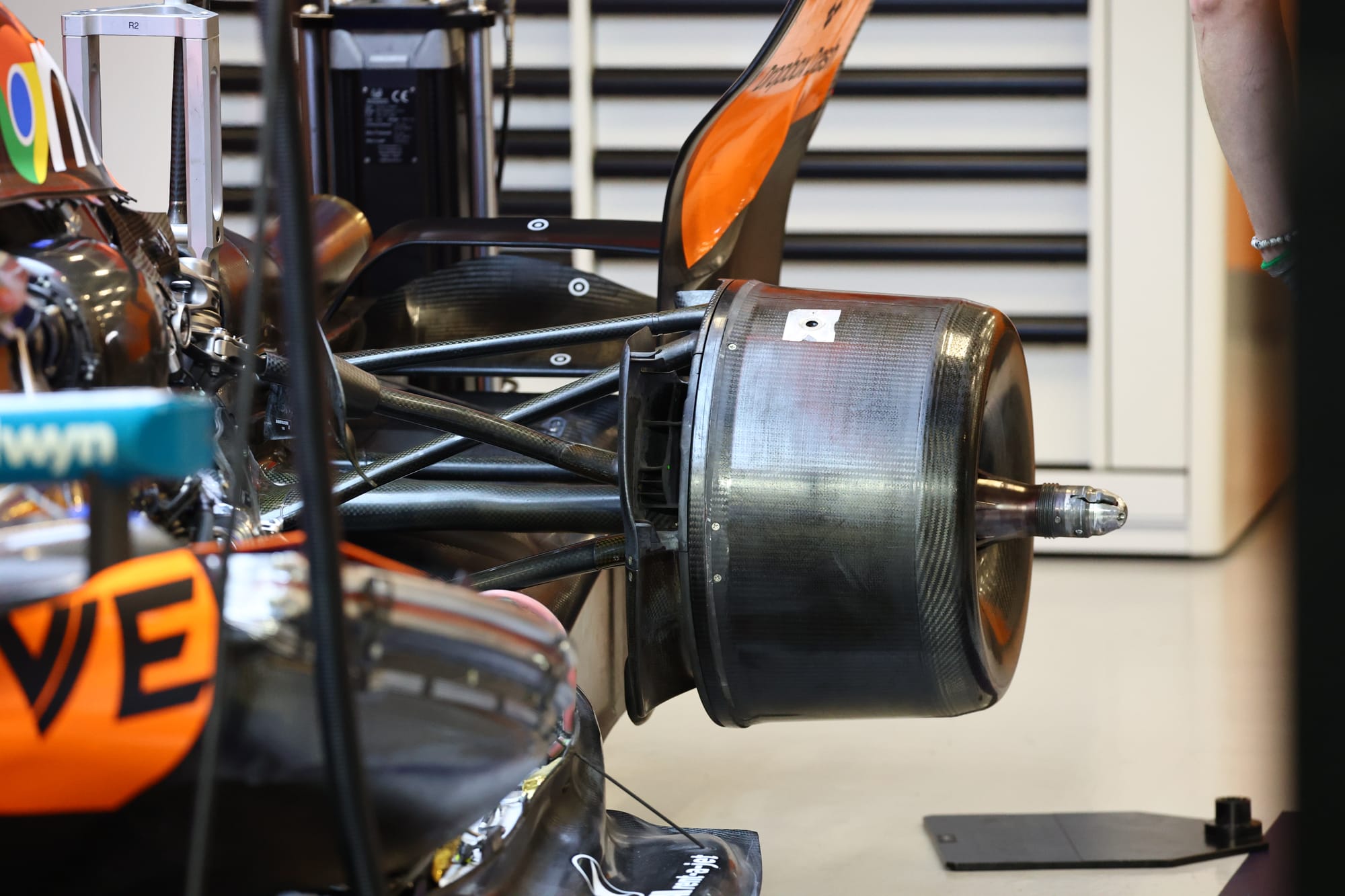
McLaren’s brake system appears to be a case of good solid engineering addressing the main problem that all teams face.
That problem is: ‘I am going to have hot brakes, which I need for them to work, but I don’t want to over-cool them and I want to get the surrounding heat out as much as possible’.
Based on the images we have seen, McLaren looks like it is just doing a better job in cooling than others.
Even before it puts the brake drum (dustbin lid) over things, it is obvious that you cannot see any of the excessively heated components.
Everything is covered with ducts of varying sizes – including the disc and calliper. That shows the team has focused on being able to control all the high temperature components within those ducts, as opposed to just letting everything generate its temperature and then seeing what happens.
Flowing extra cool air between these closed off elements and the dustbin lid will help improve the insulation between the very hot components and the rim surface – but it’s not the single answer as to what McLaren is doing, as this is all just one part of an overall package.
For me, a big thing is not to put so much heat into the system in the first place. That could mean using a little higher a percentage of electrical retardation from the rear axle under braking than other teams.
The high percentage of anti-dive and anti-lift suspension layout it uses plus the lateral suspension geometry will give the rear tyres a more consistent contact patch.
And by controlling its centre-of-gravity height better, McLaren doesn’t unload the rear tyre as much under braking. That also helps reduce rear tyre temperature by offering better traction.
Add all the detail that McLaren is doing on the brake cooling to the fact that, because of its mechanical choices, it is not putting so much heat into its tyres, and everything snowballs.
A more stable rear end means the tyre runs a lot cooler. And, if you are not putting as much brake temperature into it, everything all just adds up.


